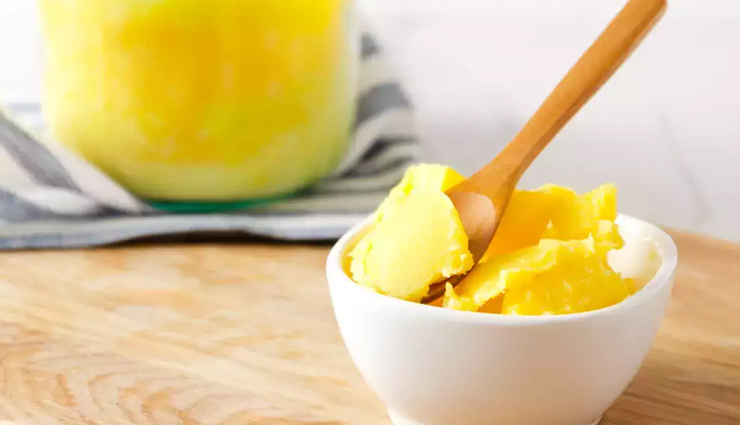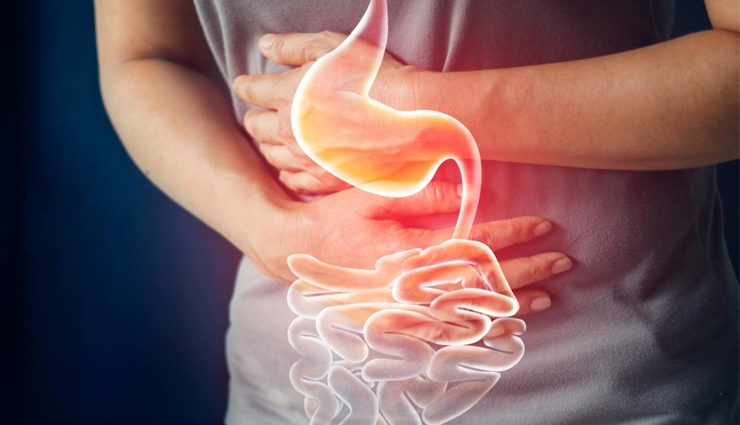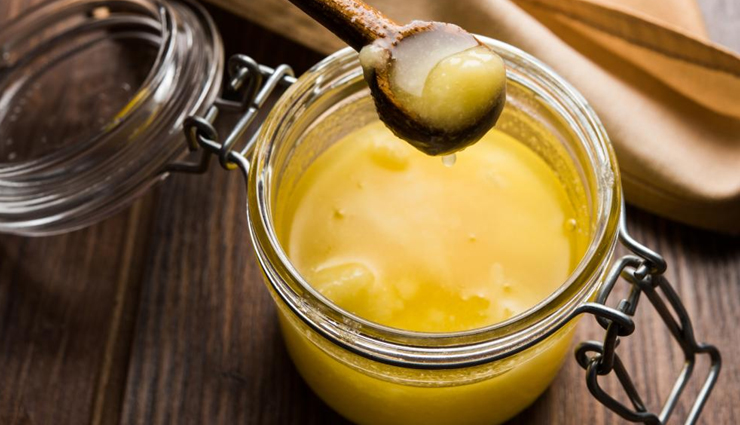- Home›
- Healthy Living›
- 8 Least Known Health Benefits Of Consuming Desi Ghee
8 Least Known Health Benefits Of Consuming Desi Ghee
By: Priyanka Maheshwari Wed, 24 July 2024 09:56:49

Desi ghee, a traditional clarified butter used extensively in South Asian cuisine, has long been celebrated for its distinctive flavor and health benefits. Made by simmering butter to remove water and milk solids, desi ghee has a rich, nutty taste and is often considered a superior form of fat compared to other cooking oils and fats.
Desi ghee is a concentrated source of essential fatty acids, including omega-3 and omega-9, and vitamins A, D, E, and K. These nutrients play crucial roles in maintaining overall health, supporting functions ranging from immune system enhancement to bone strength.
Incorporating desi ghee into your diet can offer a range of health benefits, but it should be used in moderation due to its high calorie and fat content. Its rich nutritional profile makes it a valuable addition to a balanced diet, enhancing both flavor and health.
Desi ghee, or clarified butter, is a staple in many South Asian diets and is believed to offer several health benefits. Here are some of the key ones:
# Nutrient-Rich: Desi ghee is rich in essential fatty acids, vitamins A, D, E, and K, which are important for overall health.

# Digestive Health: Ghee contains butyrate, a short-chain fatty acid that supports gut health and digestion. It may help reduce inflammation in the digestive tract.

# Anti-Inflammatory Properties: The butyrate and other compounds in ghee have anti-inflammatory effects, which can be beneficial for reducing inflammation in the body.

# Heart Health: Unlike some other fats, ghee contains a balance of saturated and unsaturated fats that may support heart health when consumed in moderation.

# Boosts Immune System: The nutrients in ghee, including vitamins and antioxidants, can help strengthen the immune system.

# Improves Skin Health: The fats in ghee can help keep the skin moisturized and may contribute to a healthy complexion.

# Enhanced Flavor and Satiety: Ghee adds a rich flavor to foods and can help increase feelings of fullness, potentially aiding in weight management.
# Lactose-Free: The process of making ghee removes most of the lactose and casein, making it a suitable option for those who are lactose intolerant.
Culinary Uses
Cooking Medium: Ghee's high smoke point makes it ideal for frying, sautéing, and roasting.
Flavor Enhancer: It imparts a rich, buttery flavor to dishes, enhancing the taste of both savory and sweet recipes.
Baking Substitute: Ghee can replace butter or oil in baking, providing a unique flavor and texture.
Condiment: Ghee is often used as a spread on bread or as a topping for rice, lentils, and vegetables.

How to Make Ghee at Home
Ingredients:
1 pound (450 grams) unsalted butter (preferably organic and grass-fed)
Equipment:
Heavy-bottomed saucepan
Fine-mesh strainer or cheesecloth
Heatproof container for storing ghee
Methods
Step 1:
To make ghee at home, start by cutting 1 pound (450 grams) of unsalted butter into smaller pieces, which helps it melt evenly. Place the butter pieces in a heavy-bottomed saucepan and melt them over medium heat, stirring occasionally.
Step 2:
Once the butter is fully melted, reduce the heat to low and let it simmer gently. As it simmers, the butter will separate into three layers: foam on top, clear golden liquid (ghee) in the middle, and milk solids at the bottom. This process can take about 20 to 30 minutes.
Step 3:
Periodically skim off the white foam that forms on the surface using a spoon, being careful not to disturb the milk solids at the bottom. Continue cooking until the butter turns a clear, golden color and the milk solids at the bottom become light brown, releasing a nutty aroma, indicating the ghee is ready. Remove the saucepan from heat and let it cool for a few minutes.
Step 4:
Next, place a fine-mesh strainer or cheesecloth over a heatproof container and carefully pour the ghee through the strainer to separate it from the browned milk solids. Allow the strained ghee to cool to room temperature before transferring it to an airtight container.
Ghee can be stored at room temperature for up to three months or refrigerated for up to a year. Use quality butter, maintain low heat during simmering, and store the ghee in a clean, dry container to ensure the best results.





